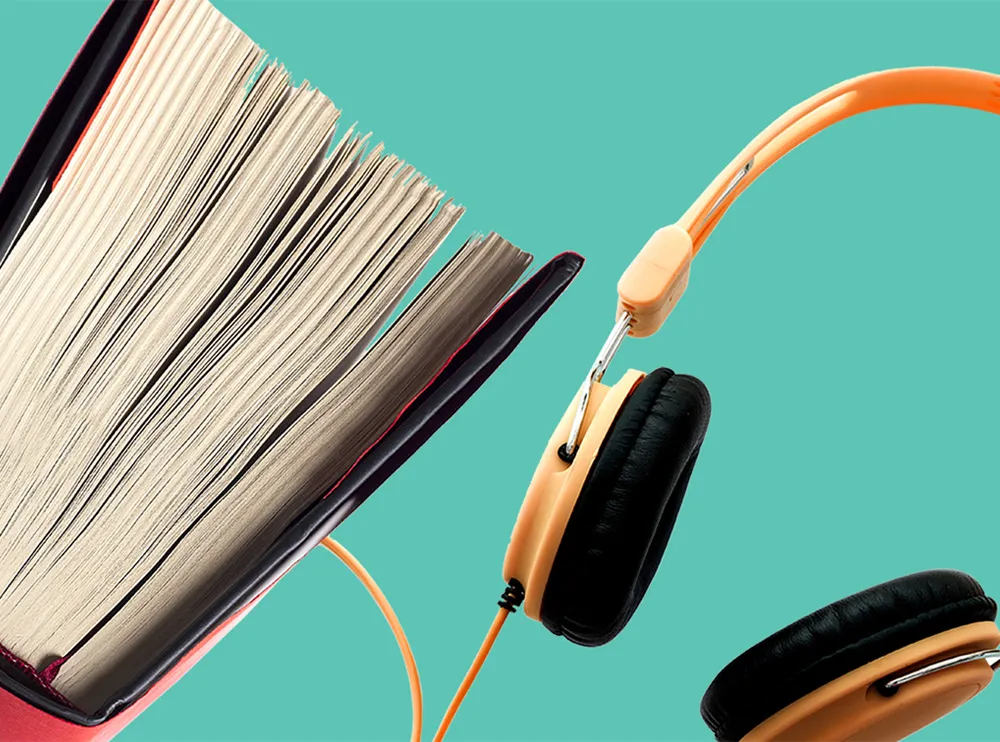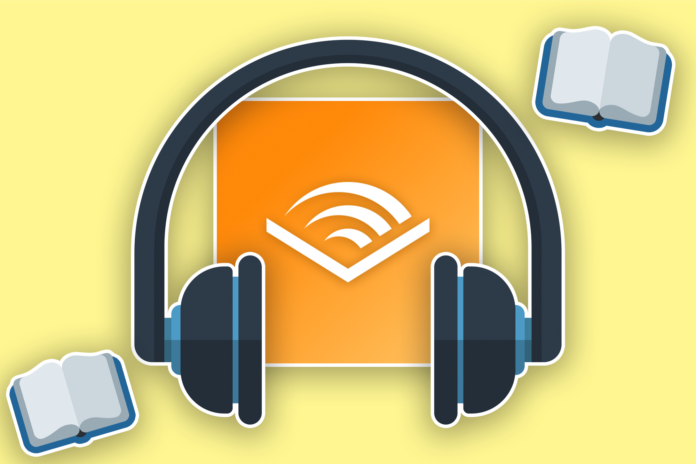How do you consume information? Do you prefer audible or written content? As you probably can tell, people do not have the same preferences. They may choose to listen to a podcast when they’re driving. However, things will differ when they’re in front of the computer and want to derive the most out of the podcast.
Either way, converting audio files into text format is crucial. In this article, we’ll discuss the process involved and its broad applications. From radio shows to interviews, the magic of transcription comes into play. How? Let’s discuss.
What’s Audible Information?

Whether you realize it or not, you’re consuming audible content on a daily basis. It’s convenient, allowing you to enjoy stories and learn new things while engaging in other activities. You can commute, exercise, or do chores while listening to content. Here are some examples:
- Audiobooks
- Podcasts
- Radio shows
- Speeches and lectures
- Interviews
- Audio dramas and plays
- Language learning materials
- Guided meditations and mindfulness exercises
- Music and audio streaming
The Various Ways to Convert Audible Content Into Text
Let’s say you’re a podcast producer and would like to create an alternative way to present your content. In that case, you’re an excellent candidate for transcription. But how would you go about converting your recording into text? There’s no hard and fast way. Here are a few options:
-
Manual Transcription

If you have a lot of time on your hands, you can attempt converting your audio into text by yourself. You don’t need many high-tech tools. Essentially, you need an audio player and a word-processing program like Microsoft Word. Start playing your file and typing what you hear. You may have to repeat specific sections for increased clarity. As a beginner, it may take you as long as an hour to transcribe a 10-minute file. As you can see, this isn’t the most time-efficient option. However, it is the most cost-effective method.
Manual transcription, despite being cost-effective, can be incredibly time-consuming and prone to errors, particularly if the audio quality is poor or the speakers have strong accents. It requires intense concentration and meticulousness, making it impractical for large volumes of audio content. However, for smaller, more personal projects, or when utmost accuracy is needed, this can still be a viable option.
-
Automated Transcription Software

Technology has made transcription faster with the onslaught of natural language processing and machine learning. With that, many automated transcription tools have appeared on the horizon, each touting their high accuracy rate and speed. While such software may transcribe files at a faster rate, there’s a significant gap in terms of accuracy. At this point in time, humans are still better at transcribing recordings with minimal errors.
Automated transcription software, on the other hand, is a technological boon, providing speedy transcriptions but falling short in areas like understanding context, slang, accents, and poor audio quality. It’s a good option for straightforward content without complex language but may require human intervention for proofreading and error correction.
-
Transcription Service Providers

Here’s what we’d call the smarter choice. As you probably don’t have the time to transcribe recordings yourself, consider opting for professionals to do the deed for you. With the growing popularity of gig and remote work, transcription service providers proliferate every corner of the web. Professional transcription services, while more expensive, offer a blend of speed, accuracy, and convenience. They leverage the skills of experienced transcribers and often use automated tools as a first pass for efficiency. These services are ideal for businesses or individuals who prioritize accuracy and are dealing with complex content, multiple speakers, or poor audio quality.
Some companies incorporate the use of automated speech recognition programs and professional transcribers. Others rely solely on humans. One such company is GoTranscript.
Let’s Talk Benefits

Transcribing audible content into text offers several advantages. Read through the following points to understand why more and more content creators are taking this route.
- Accessibility: Converting audible content into text makes it accessible to individuals with hearing impairments or those who prefer reading over listening. It ensures that the content can be consumed by a broader audience.
- Reference and research: Having a text transcript of audio content makes it easier to search for specific information, quotes, or references within the content. Researchers, students, and professionals can quickly find and cite relevant sections of the text.
- Content repurposing: Transcripts provide a written record that one can repurpose for various purposes. The text can be helpful for creating blog posts, articles, social media content, or summaries of the original audio material. It allows for greater reach and engagement with the content across different platforms.
- Comprehension and retention: Reading a transcript can enhance comprehension and retention of the information compared to solely relying on auditory input. Some people find it easier to process and understand complex concepts when reading rather than listening.
- Translation and localization: You can easily translate text transcripts into different languages, enabling broader international reach and localization of the content. Transcripts serve as a valuable resource for translators and localization professionals.
- SEO optimization: Having a text transcript of audio content can improve search engine optimization (SEO) for websites or platforms hosting the content. Search engines can crawl and index the text, making it more discoverable by users searching for relevant keywords or topics.
- Note-taking and annotations: Transcripts allow for easy note-taking, highlighting, and annotations, enabling users to mark important points, key takeaways, or insights while engaging with the content.
- Review and editing: Transcribing audio content into text provides an opportunity to review and edit the content for clarity, accuracy, and grammar. It allows for refining the information presented and ensuring the intended message is effectively conveyed.
Final Thoughts

Transcribing audible content into text expands accessibility, improves comprehension and retention, and facilitates research and content repurposing. It makes the content more versatile, searchable, and valuable to a broader audience. We suppose you could refer to the act as magic, especially when you consider how such as simple thing could transform information delivery.









